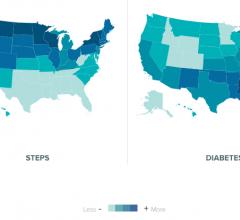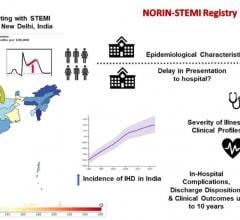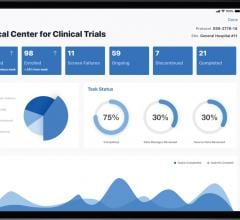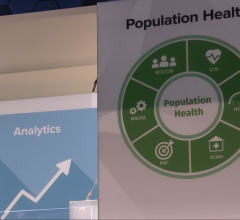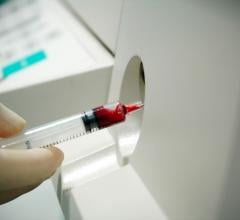
Image: Getty Images
April 18, 2022 – The U.S. Department of Veterans Affairs Veterans Health Administration (VHA) National Telestroke Program has made expert stroke care quickly available to patients, even at rural facilities with limited staffing. A new study from the VA, Regenstrief Institute and Indiana University School of Medicine shows the telestroke program prevents unnecessary hospital transfers for stroke patients.
“This analysis suggests that telestroke provides additional benefits for both patients and health systems,” said senior author Linda S. Williams, M.D., a VA researcher and a Regenstrief research scientist in Indianapolis. “It increases care efficiency and cost-effectiveness, while further optimizing care for the patient who does not have to endure an unnecessary or even counterproductive transfer to another facility.”
The VHA National Telestroke Program provides acute stroke care at facilities that do not have a neurologist available. Through a mobile device, a neurologist from the central hub is able to evaluate the patients and provide a treatment plan for the on-site staff to carry out. Some patients can be treated at the community facility, while others need to be moved to a hospital with a higher level of care such as a comprehensive stroke care center. The neurologist from the central hub helps the on-site clinical team make that decision.
For this study, the researchers analyzed the number of patient transfers at 21 VHA facilities before and after the implementation of the telestroke program. They found the likelihood of being transferred to another facility decreased by 60 percent after the program’s implementation. The program also increased the chance that the patient received timely acute stroke treatment (thrombosis).
“The VHA telestroke program facilitates timely assessment of stroke and elevates the level of care at smaller facilities, eliminating the need for many transfers,” said Dr. Williams. “This demonstrates another strategy to leverage telehealth in acute care settings while also reducing rural healthcare disparities.”
“Impact of Telestroke Implementation on Emergency Department Transfer Rate” is published online ahead of print in Neurology. This project was funded, in part, by the VA Office of Rural Health and the VA Health Services Research and Development Precision-Monitoring Quality Enhancement Research Initiative (QUERI).
In addition to Dr. Williams, other authors on the paper are Michael Lyerly, M.D., University of Alabama at Birmingham, Birmingham VA Medical Center and VHA National Telestroke Program; Joanne Daggy, PhD, IU School of Medicine; Michelle LaPradd, M.S., IU School of Medicine; Holly Martin, MPH, IU School of Medicine and VA Health Services Research and Development (HSR&D) Center for Health Information and Communication, Roudebush VA Medical Center; Brandon Edwards, B.A., VA HSR&D Center for Health Information and Communication, Roudebush VA Medical Center; Glen Graham, M.D., PhD, VHA National Telestroke Program; Sharyl Martin, M.D., PhD, VHA National Telestroke Program; and Jane Anderson of the VHA National Telestroke Program.

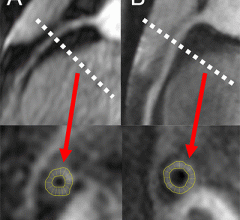
 April 04, 2024
April 04, 2024 


